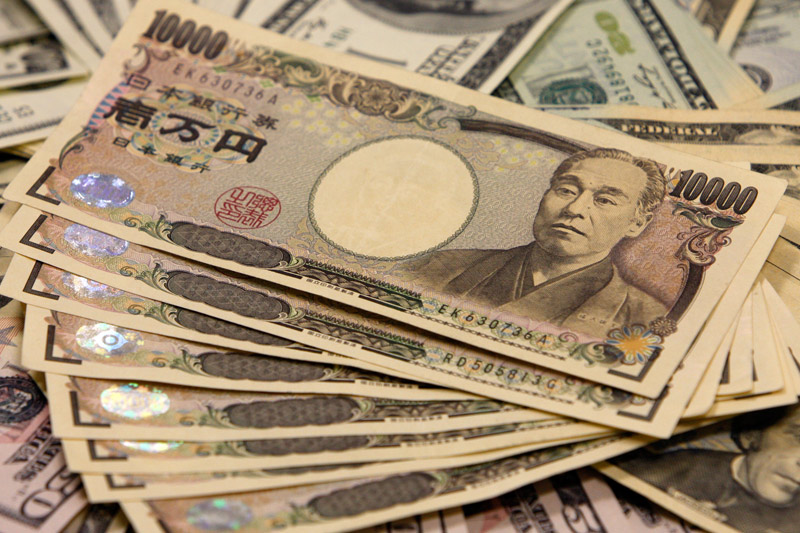Investing.com - The yen was steady to a tad weaker on Friday after data that showed prices flat in July and unemployment fell, but a mixed reading on household spending and retail sales.
USD/JPY changed hands at 121.06, up 0.03%, while AUD/USD traded at 0.7174, up 0.11%.
In Japan, July national CPI was flat, a better showing than the 0.2% drop seen, while the unemployment rate fell to 3.3% from 3.4%. But household spending eased 0.2%, well below the 1.3% gain expected.
Just after those data sets, Japan reported July preliminary retail sales data showed a gain of 1.6%, better than the 1.1% rise seen.
The U.S. dollar index, which measures the greenback against a trade-weighted basket of currencies, rose 0.02% to 95.77.
Overnight, the U.S. dollar pared losses against its Canadian counterpart on Thursday, as the release of upbeat U.S. economic reports lent broad support to the greenback.
The Commerce Department reported on Thursday that U.S. gross domestic product grew at an annual rate of 3.7% in the three months ending June 30, above expectations for growth of 3.2%.
Preliminary data initially pegged U.S. growth at 2.3% in the second quarter. The U.S. economy expanded 0.6% in the previous quarter.
Separately, the U.S. Department of Labor said the number of individuals filing for initial jobless benefits in the week ending August 22 declined by 6,000 to 271,000 from the previous week’s total of 277,000.
Analysts had expected initial jobless claims to fall by 3,000 to 274,000 last week.
The data came a day after New York Federal Reserve President William Dudley said Wednesday that the case for a September rate hike was “less compelling”, given the threat posed to the U.S. economy from recent turmoil in markets.
Meanwhile, investors continued to monitor developments in China. Shares in Shanghai rallied around 5% by the close of trading on Thursday, snapping six days of heavy losses.
Recent steep declines in Chinese equity markets have sparked fears that they will hasten an economic downturn and undermined investor confidence in the government’s ability to revitalize economic growth.
